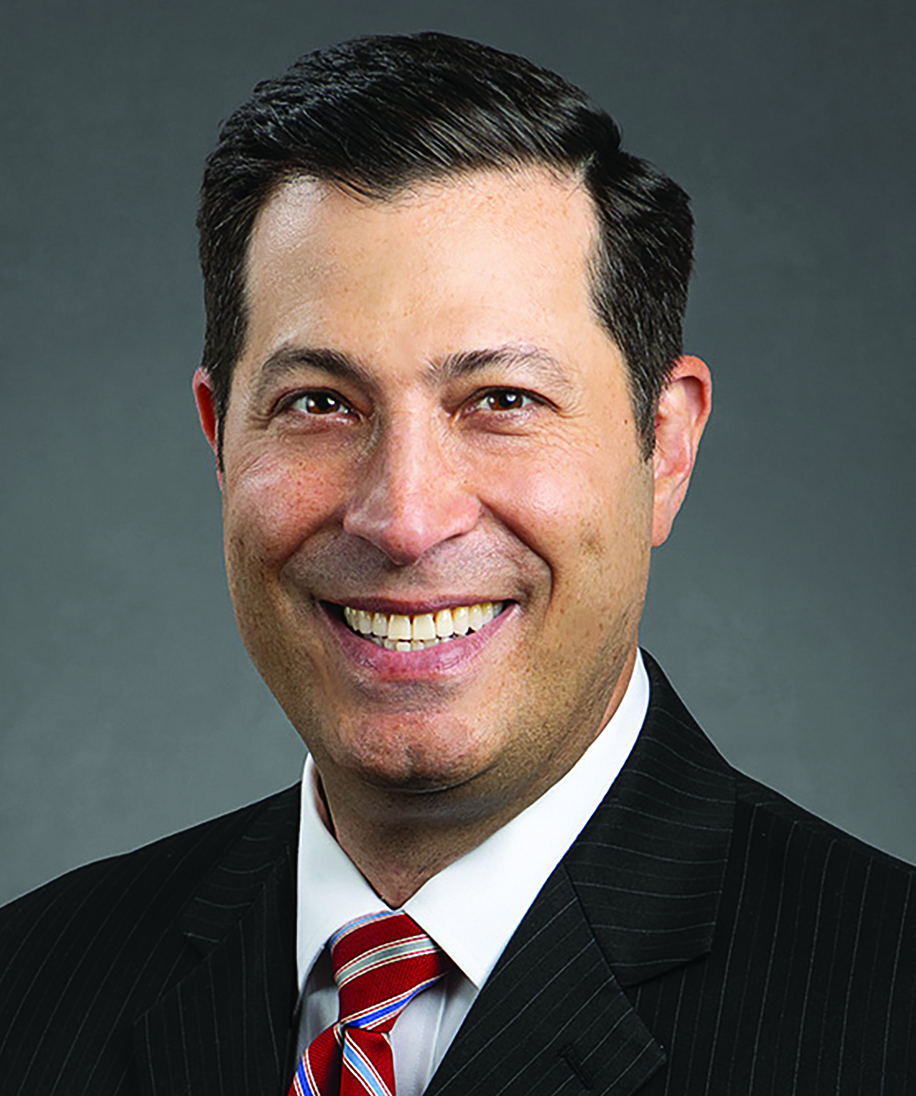Client Alert
Vaccinate or Test (Frequently): President Biden’s Mandatory Plan for Large Employers
September 12, 2021
By Leslie L. Abbott,Marc E. Bernstein
and Ira J. Klein
On September 9, 2021, President Biden announced a comprehensive national strategy to combat the ongoing COVID-19 pandemic. The Administration’s “Path Out Of The Pandemic” describes the strategy as a six-prong plan using a “science-based approach” to “ensure that we are using every available tool to combat COVID-19 and save even more lives in the months ahead, while also keeping schools open and safe, and protecting our economy from lockdowns and damage.” See President Biden’s COVID-19 Plan | The White House.
One prong of the President’s action plan, entitled “Vaccinating the Unvaccinated,” is focused on the estimated 80 million unvaccinated workers nationwide. One aspect of the prong directly impacts large employers.[1] The Administration is ordering the Department of Labor’s Occupational Safety and Health Administration (OSHA) to develop a rule that will require all employers with 100 or more employees to ensure their workforce is fully vaccinated or require any workers who remain unvaccinated to produce a negative test result on at least a weekly basis before coming to work. OSHA is directed to issue an Emergency Temporary Standard (ETS) to implement this requirement. Employers who fail to implement the required vaccination or testing procedures may be subject to significant penalties.
Some have hailed the expanded vaccination-or-testing requirement for private employers as a necessary next step to promote worker safety in light of the continued COVID-19 pandemic, while opponents have vowed to challenge it. At this time, there are many significant open questions affecting employers regarding the Administration’s plan that cannot be answered until OSHA issues the ETS. In the meantime, we are providing the following initial information that we hope is useful for preliminary planning purposes.
- Is the vaccination-or-testing rule covering employers with 100 or more employees an Executive Order? No. This portion of the Administration’s COVID-19 plan is apparently to be enforced by OSHA. The Administration is directing OSHA to prepare an ETS, which will institute new workplace health and safety standards for testing and vaccination. There likely will be court challenges as to whether OSHA has the statutory authority to issue a vaccination requirement as a worker safety issue.
- When is OSHA likely to issue the ETS? Within the next few weeks. The “Path Out Of The Pandemic” conveys the Administration’s sense of urgency, so it is likely that OSHA will be expected to issue the ETS quickly. As a point of comparison, President Biden signed an Executive Order on September 9, 2021 regarding new mandatory COVID-19 safety protocols for federal contractors and subcontractors that requires the “Safer Federal Work Force Task Force” to issue guidance by September 24, 2021, and that contracts include the new provisions by October 15, 2021. For more information on that Executive Order, see our client alert here.
- After OSHA issues the ETS, by when must employers implement the vaccination‑or‑testing requirements? The rule likely will take effect very soon after OSHA issues the ETS, and it is published in the Federal Register; although, court challenges could delay its enforcement. As a point of comparison, OSHA previously issued an ETS applicable to healthcare workers in June 2021 that went into effect 14 days after publication in the Federal Register.
Additionally, where a state operates its own OSHA-approved health and safety plan (a “state plan”), such as the state plan administered by CalOSHA in California, the state must take steps to adopt the federal rule or a rule that is at least as effective as the federal rule. Federal regulations specify that states must take such steps within six months (see 29 C.F.R. §1953.4(b)(3)); OSHA can require a shorter time frame. For example, OSHA gave states 30 days to comply with the June 2021 emergency temporary standard that governs healthcare workers. There are 28 states that have their own state plans[2]; although, six of them (CT, IL, ME, NJ, NY, and the U.S. Virgin Islands) only cover state/local government employers and not private employers. For states that do not have a state plan, federal OSHA governs and is tasked with enforcement.
- How will the ETS be enforced? Will there be penalties? Details regarding enforcement of the ETS are currently sparse. However, we anticipate that the ETS will be enforced according to OSHA’s normal enforcement mechanisms. The current maximum civil penalty for a “serious”[3] or “other than serious”[4] violation is $13,653 per violation. A “willful”[5] or “repeat”[6] violation carries a maximum penalty of $136,532 per violation. OSHA may take the position that each employee that is not vaccinated or tested weekly constitutes a separate violation.
- How will a court challenge, if any, affect the timing and enforcement of the ETS requirements? Federal district courts usually consider requests for a temporary restraining order or preliminary injunction rather quickly, and then the outcome is immediately appealable. If a district court enjoins OSHA from enforcing the ETS, which is uncertain, the issue is whether to stay the decision during the appeal. However, given the health and safety implications, it is unlikely that a stay (if granted) will delay the enforcement for an extended period. Accordingly, employers should not count on a lengthy delay.
- Who is considered an “employee” for purposes of calculating the 100+ threshold for coverage? The ETS will likely apply to all individuals who are “employees” under the Occupational Safety and Health Act of 1970. This includes full-time, part-time, temporary, and seasonal employees. Owners of sole proprietorships, partners of partnerships, and unpaid volunteers are not counted as employees.
- Will employers be required to pay employees to get vaccinated or tested? Yes. The ETS will require employers with more than 100 employees to provide paid time off for the time it takes for workers to get vaccinated and/or to recover if they are under the weather post‑vaccination. The ETS issued in June 2021 covering healthcare workers requires that “reasonable” paid time off be provided, including time spent during work hours related to vaccination appointments (including registering, completing paperwork, and all time spent at the vaccination site), time spent traveling to and from the vaccination site, and time spent to recover from side effects. It is unclear whether the ETS will require employers to cover the costs of the mandated weekly tests for unvaccinated employees. However, the plan provides that top retailers will offer at-home, rapid COVID-19 tests at-cost for the next three months, and that the number of retail pharmacy sites that provide free testing will expand to 10,000 locations.
Employers with 100 or more employees would be well-advised to take steps now to develop their own action plans on how to navigate the legal and practical issues related to required vaccination and testing. Issues to consider include the implementation of new policies, vaccination and testing tracking, proof protocols and management, medical and religious exemptions to the extent they apply, employee pay obligations, time-off requests, potential bargaining obligations for unionized workplaces, recordkeeping requirements, employee privacy, and discipline. Although the ETS will provide clarity in regard to many of these issues, the enormity of the task for many employers will require concerted and careful planning.
[1] Other prongs of the “Vaccinating the Unvaccinated” action plan include vaccination requirements for all federal workers, millions of federal contractors, and healthcare workers at Medicare and Medicaid participating hospitals and other healthcare settings
[3] A “serious” violation exists where the violative condition or hazard in the workplace poses a substantial probability that death or serious physical harm could result, unless the employer did not, and could not with the exercise of reasonable diligence, know of the presence of the violation.
[4] An “other than serious” violation is a violation that has a direct relationship to job safety and health but is not “serious” in nature.
[5] A “willful” violation is a violation in which the employer either knowingly failed to comply with a legal requirement (purposeful disregard) or acted with plain indifference to employee safety.
[6] A “repeat” violation exists where the employer has been cited previously for the same or a substantially similar condition within the past five years.
Contributors




